How do you describe the colour of something in a way that can be understood consistently? Peter Davidson, Senior Curator and contributor to the new book Nature’s Palette, explores how a classification system derived from nature changed the way scientific minds recorded the colour they found in the world around them.
In the 18th and early 19th centuries, new ideas, philosophies and science changed the way we viewed the world. There was an increasing interest in organising nature by creating taxonomic systems, such as that created by Carl von Linné (also known as Linnaeus, and still in use). The same was true of colour.
Many looked to organise all known colours into a standardised system. As the 18th century progressed, several systems for the organisation of colours into nomenclatures (a system of names used in a particular field) were compiled and published by scientists, academics and others, including Abraham Gottlob Werner (1749–1817).
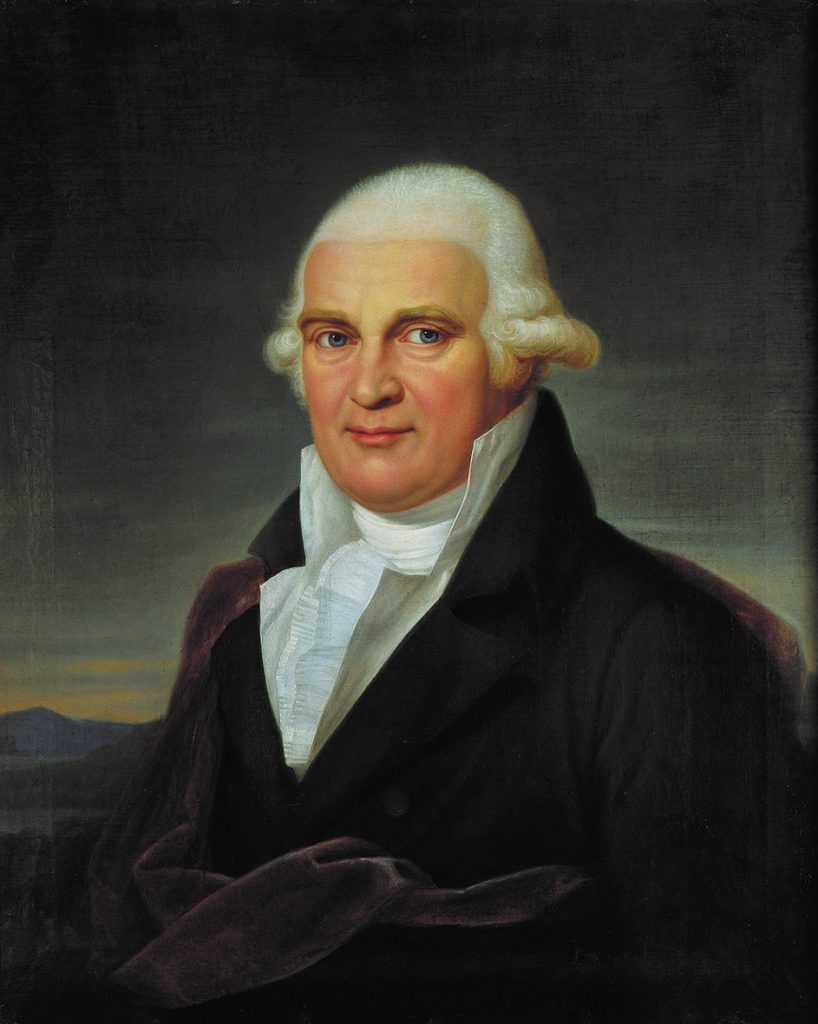
Werner is an important figure in the history of geology and mineralogy, and best known for his development of the theory of neptunism. While studying law at the University of Leipzig, he published an important work in 1774 called On the external characteristics of fossils (minerals). Written as a guide for students and collectors to help with the identification of mineral specimens based on external features, he included a nomenclature of colours based on rocks and minerals.
Werner chose to make colour the most important feature because “it was the first thing to strike the senses”. This list of colours will be important a bit later! Werner was eventually appointed to a position at The Freiberg School of Mines (now the University of Mining and Technology) in 1775. He stayed there until his death in 1817, teaching many of the up-and-coming geologists of his day, including Robert Jameson (1774–1854), a young man from Edinburgh.
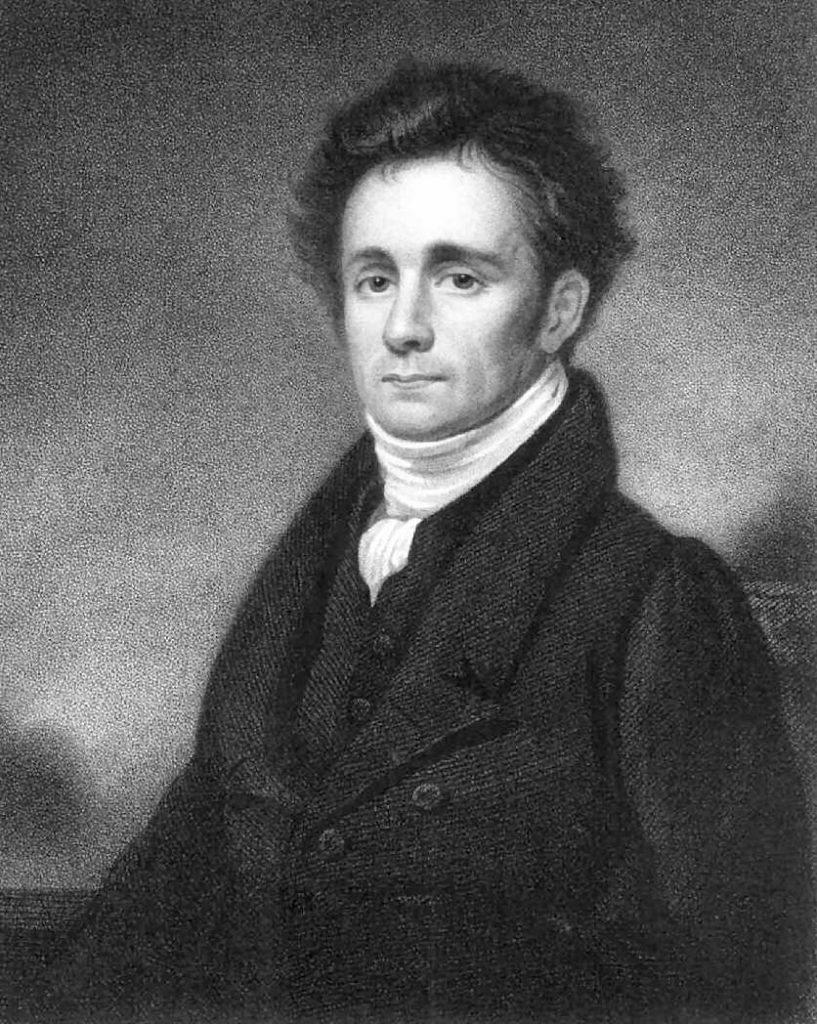
Jameson was born in Leith and attended the University of Edinburgh. He travelled to Freiberg in 1800 to study with Werner, returning to be appointed Professor of Natural History at the university in 1804. As well as building up the collections, Jameson also helped lay the foundations for National Museums Scotland.
His own textbooks on mineralogy followed the teachings of Werner, and Jameson founded the Wernerian Natural History Society in his honour. The society counted many of the most prominent natural historians of the day as members, from both home and abroad. Members like Patrick Syme.
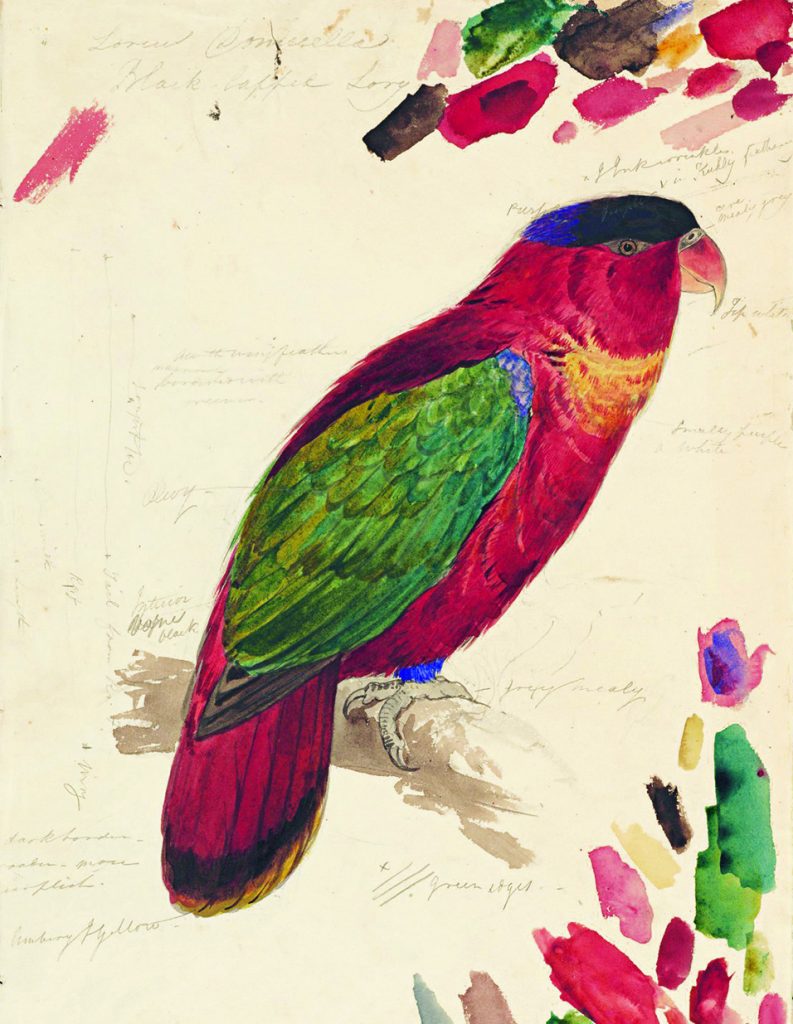
A well-known Edinburgh artist and teacher, Patrick Syme (1774–1845) was particularly skilled in the painting of flowers and birds. He was appointed official painter to both the Wernerian and Caledonian Horticultural Societies and his drawings and paintings appear in journals associated with these groups. His work was also exhibited in what is now the National Galleries of Scotland and the Royal Academy in London. Syme was also a writer and a poet, publishing his first book on flower drawing in 1810. However, it is for Werner’s Nomenclature of Colour that he achieved his greatest success and fame.
A Pantone-esque colour guide over 100 years before Pantone existed, the first edition was published in 1814 and its purpose was stated quite clearly at the start of the book. Syme wrote “A nomenclature of colours, with proper examples of the different tints, as a general standard to refer to in the description of any object, has been long wanted in the arts and sciences”. Jameson made available specimens illustrating Werner’s colour scheme from the museum’s collection, which was vital to Syme’s work.
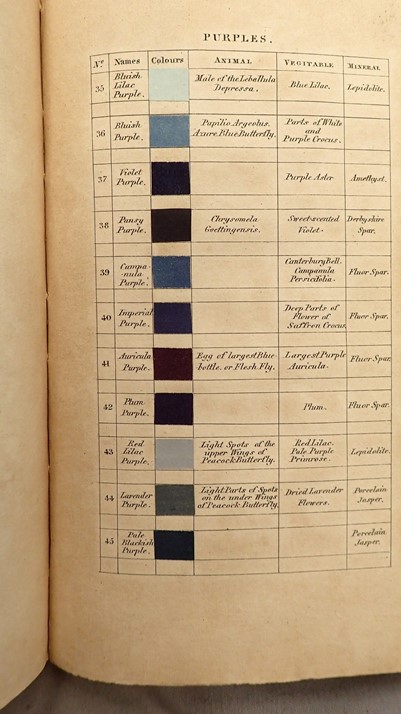
I mentioned Werner’s original list earlier. It comprised only 54 colours divided into 8 principal, or main, colours. Syme added two additional main colours, orange and purple, and several new “tints”, bringing his total up to 108 in the first edition and 110 in the second. He added these because he felt that Werner’s nomenclature didn’t quite reflect the wider world of nature as Syme saw it.
Syme’s real innovation was to combine the written descriptions of the various colours and tints with actual hand-painted swatches and examples from nature to help as both a guide and an illustration (see image above). This would allow someone who wished to describe the colour of a flower, insect or mineral to use terms that could be understood by everyone.
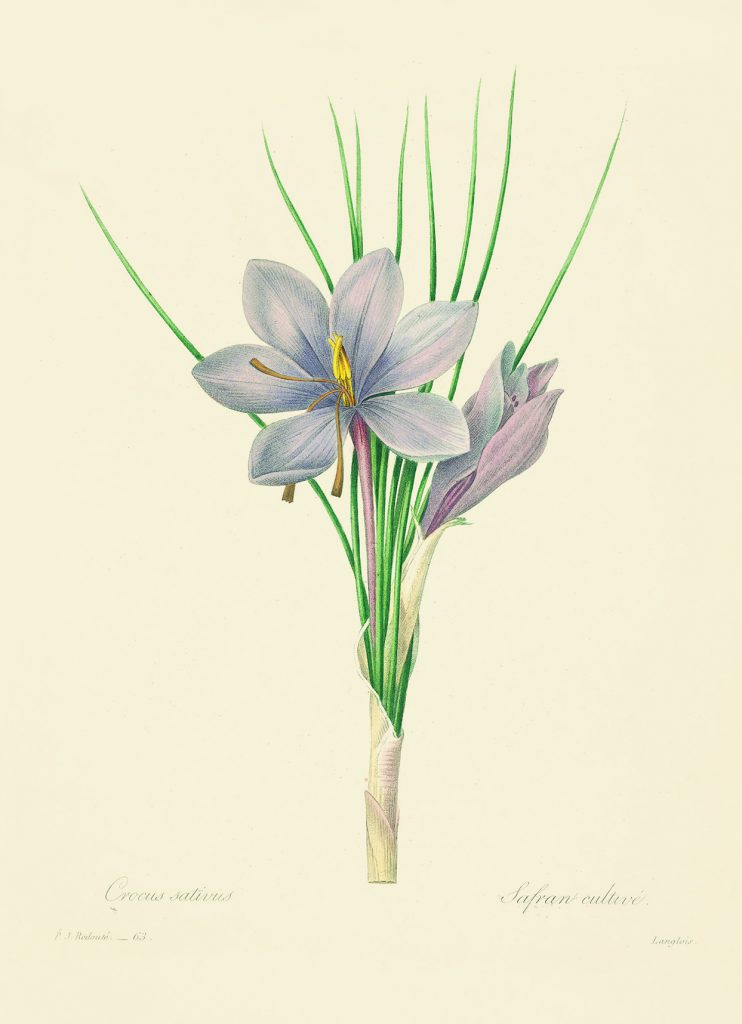
Syme’s book achieved widespread recognition in the fields of natural history and medicine. Used to describe not just minerals, but parts of the human body, plants, and animals, it found its way across the world on many scientific expeditions. Most famously by Charles Darwin on his voyage on HMS Beagle.
Darwin’s five-year trip would change the way that humans saw themselves and other species. He described much of what he saw in his diaries, taking the colours from Syme’s book. Darwin said that he always described the colours he saw “with the book in hand,” and Syme’s colour terms are used throughout.
Darwin describes the colour of cuttlefish as “hyacinth red and chestnut brown,” a sea slug as “primrose yellow,” and a coral as “light auricular purple.” An accurate record became very important as the colour of many of the species he collected faded quickly and the written description, using Syme’s colours, was often the only record of the original colour.
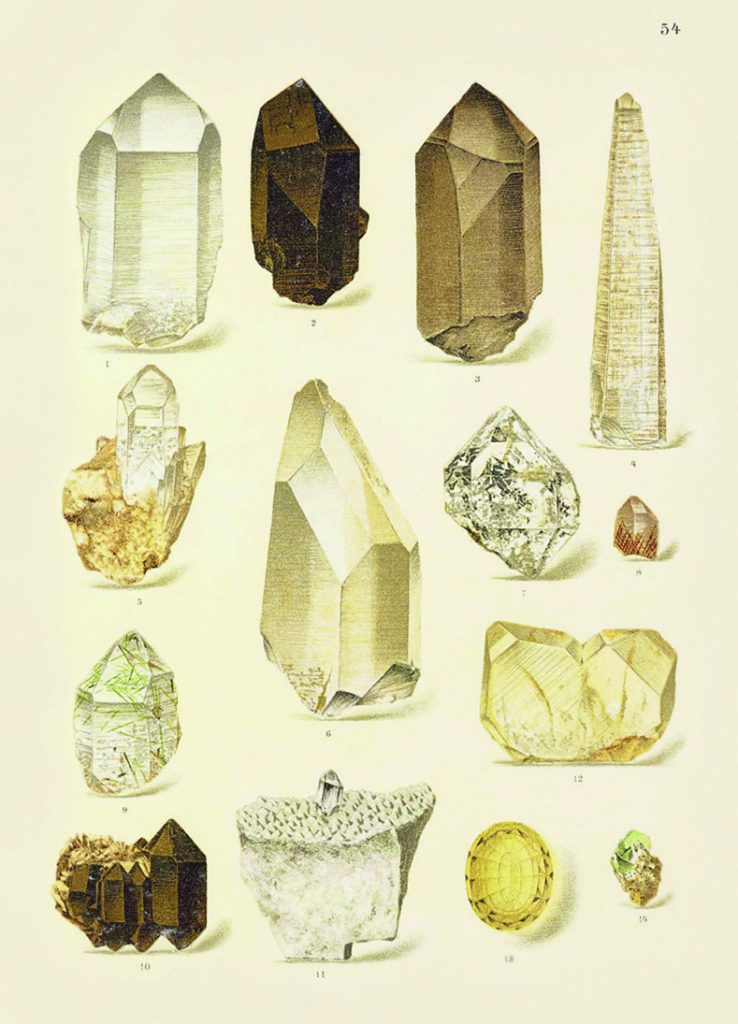
Syme’s book was also influential on later works on colour. In 1886, Robert Ridgway, the Curator of Birds at the Smithsonian, produced a book called A Nomenclature of Colors for Naturalists which both referenced Syme’s book and used some of the names. This work expanded on Syme’s work by listing 186 colours. A later book by Ridgway called Color Standards and Nomenclature, published in 1912, expanded this further by listing 1115 colours! Today’s Pantone colour system traces its origins to Ridgway’s nomenclature using numerical codes instead of names to identify its more than twenty-three hundred colours.
To commemorate the bicentenary of the second edition of Syme’s book, Thames & Hudson commissioned an illustrated guide, placing the book and the world at the time in its historical context. Called Nature’s Palette: A Colour Reference System from the Natural World, four authors were invited to submit essays on topics connected with the book and its creation and use.
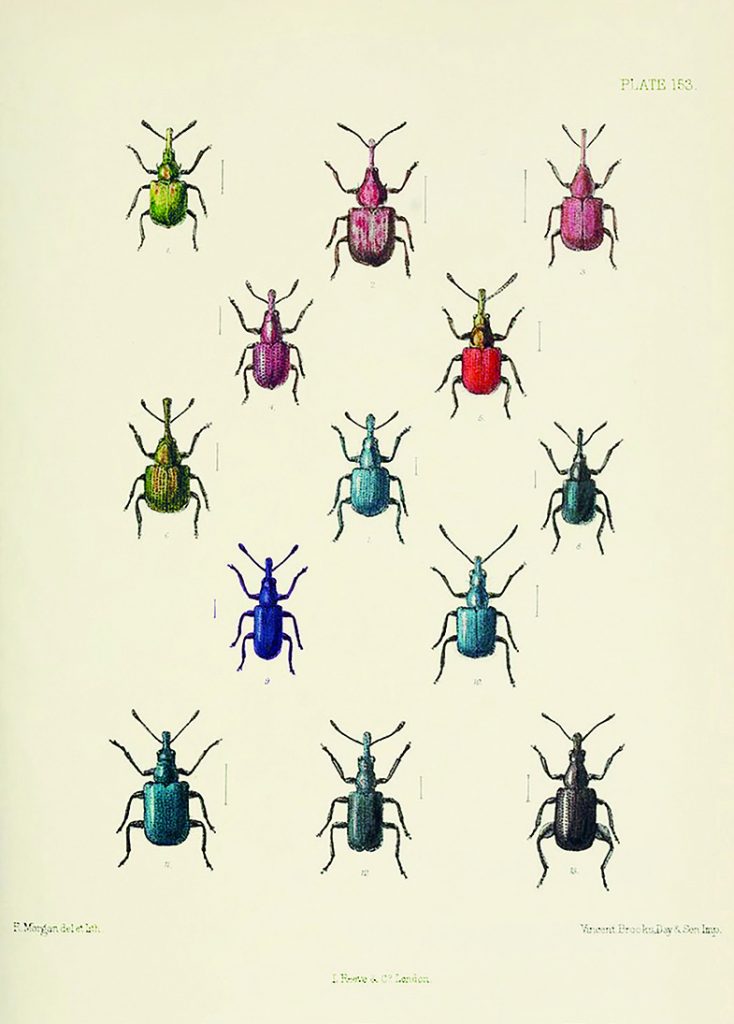
As the author of the first chapter, I was tasked with describing the development of Werner’s original colour nomenclature and its eventual adoption by Patrick Syme. I examined Werner’s upbringing and looked at the books and scientists that would have influenced him as a student. I talk about one of Werner’s most influential books, On the External Characteristics of Fossils, before bringing the story to Edinburgh via Robert Jameson, one of Werner’s favourite pupils. Finally, I look at the similarities and differences of Jameson’s and Symes’s interpretations of the original nomenclature.
In this period of history, the city and its University became one of the most important centres for the study of Natural Sciences and Medicine. The publication of Nature’s Palette has set an important marker in my own research into Edinburgh and the World at this time. I call it my “lockdown project” as it was researched and written from March 2020 to Autumn of the same year.
It followed on from a cancelled conference which was to be held in Berlin in April 2020 looking at the development of colour systems in late 18th and early 19th century Europe. The conference moved online, and much of my chapter is centred around the paper I co-presented. It provided a focus and anchor for my work in those difficult times.
